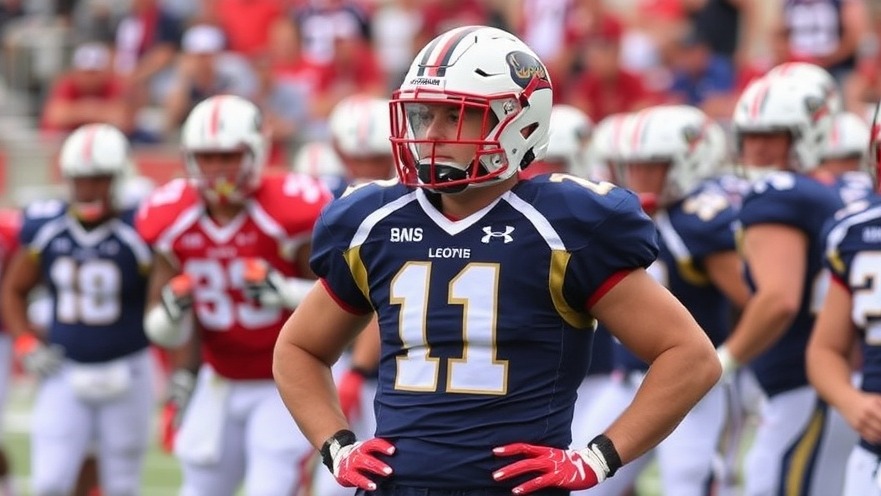
The Rise of Predictive Analytics in College Sports
In the competitive landscape of college football, gaining every edge is vital for coaches and programs looking to attract top talent. As traditional scouting methods evolve, relying solely on gut feelings and in-person visits becomes less effective. Enter predictive analytics—a game-changing technology transforming the way teams assess potential athletes for their programs.
Understanding Predictive Analytics
Predictive analytics employs advanced algorithms to sift through massive amounts of data, providing insights into a player's potential based on past performance metrics, physical attributes, and even digital footprints, such as social media activity. By harnessing this data, teams can build accurate profiles of recruits, shifting away from mere speculation to informed decision-making.
This technology not only helps coaches identify high-caliber athletes but also enhances the recruitment process, making it swifter and more efficient. For instance, platforms like scoutSMART stand out by providing customizable analytics that meet the specific needs of a program, allowing a tailored approach to recruitment.
Benefits of Analytics: Efficiency and Cost Savings
Financial efficiency is a pressing concern for college sports programs, where recruiting costs can skyrocket into millions each year. Recent studies indicate that leading college programs spend upward of $2.6 million annually on recruitment efforts, encompassing travel and promotional activities. By integrating predictive analytics, programs can reduce these expenses significantly.
Diane Bloodworth, founder of scoutSMART, emphasizes that predictive analytics can cut the time required for coaches to make scholarship decisions by 25%, which translates to a potential cost reduction of 10-15%. Such savings enable programs to reallocate resources toward player development and facilities, ultimately enhancing team performance.
Beyond Numbers: The Human Connection
One common misconception is that analytics can strip away the human element from sports recruiting. In reality, these platforms enhance the recruitment landscape by helping coaches identify not just statistical outliers but also players who may fit better culturally or personality-wise with a team. It helps in finding 'hidden gems'—athletes who may have been overlooked due to their lesser-known high school programs.
The Future of College Football Recruiting
As technology continues evolving, predictive analytics is anticipated to become even more sophisticated, incorporating real-time performance tracking and deeper integration with existing coaching systems. This will inevitably heighten the competition as more teams adopt analytics tools.
Looking ahead, it is exciting to think about the potential for enhanced scouting platforms to revolutionize college sports altogether. By making data-driven decisions, teams can foster environments where diverse skillsets, including both academic achievements and personal attributes, are valued just as highly as athletic prowess.
Action Points for Coaches and Programs
Coaches and sports administrators keen on maximizing their recruitment strategy can take several actionable steps:
Invest in Predictive Analytics: Evaluate various platforms like scoutSMART for their ability to provide tailored data insights.
Focus on Overall Fit: Utilize analytics not just to spot talent but also to assess cultural fit within the team.
Stay Informed: Keep abreast of developments in analytics technology to remain competitive.
In this fast-paced world of college recruiting, utilizing advanced analytics can lead to better recruitment outcomes, allowing teams to craft a distinctly competitive edge while fostering growth and development for their athletes.
 Add Row
Add Row  Add
Add 




Write A Comment